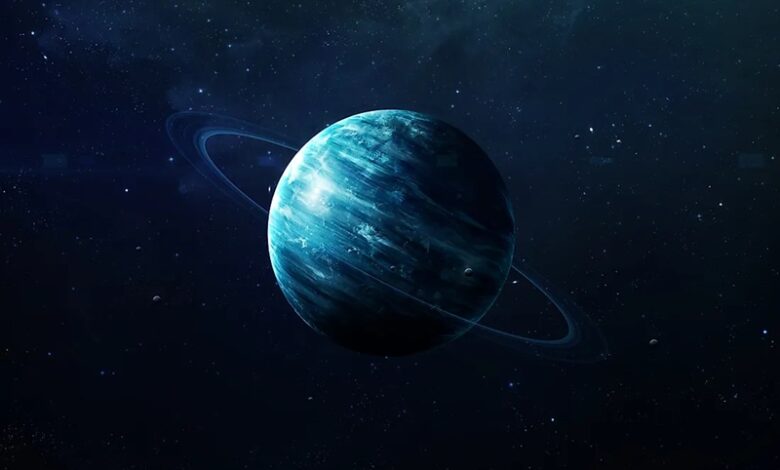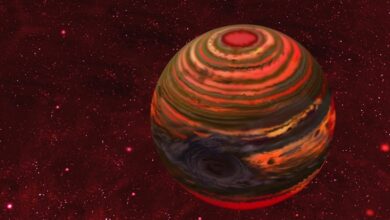Scientists Finally Discover How Long a Day Lasts on Uranus
News Mania Desk / Piyal Chatterjee / 12th April 2025

Researchers have finally determined the length of a day on Uranus through the latest examination of ten years’ worth of Hubble Space Telescope data. According to scientists, Uranus takes 17 hours, 14 minutes, and 52 seconds to complete one rotation, which is 28 seconds longer than NASA’s Voyager 2 spacecraft estimated. This estimation was achievable by measuring the magnetic fields and radio waves emitted from the planet’s auras. This comprehension aids in obtaining surface mapping and alignment assessment in confusing environments. Certain maps might require re-evaluation in light of the latest research findings.
Reports indicate that the Hubble Space Telescope research confirmed that Uranus makes one full rotation in 17 hours, 14 minutes, and 52 seconds. That’s 28 seconds longer than the NASA Voyager 2 mission from the 1980s.
The report also states that by analyzing a decade’s worth of aurora observations, a team led by Laurent Lamy at the Paris Observatory in France discovered the planet’s magnetic poles. That extensive monitoring provided even more accurate rotation periods—specifically, nearly 84 Earth years for Uranus to complete its orbit around the sun.
On Uranus, a day simply endures much longer. More accurate measurements of the gas giant’s rotation time should allow scientists to schedule visits for exploration. Unlike Mars and Earth, fierce windstorms hinder the ability to determine the rotation periods of the largest planets in the solar system. The initial assessment of Uranus’s rotation was adjusted nearer to the Voyager 2 spacecraft, which conducted a close flyby on January 24, 1986. The researchers at that time discovered that the planet’s magnetic field deviated by 59 degrees from celestial north. Additionally, the researchers noted that its rotation axis was displaced by 98 degrees.
The report also states that Uranus rotates “on its side” in contrast to Earth; throughout this time, its magnetic poles trace a large circle as the planet turns. These greatest discrepancies indicate that with a safety margin of plus or minus 36 seconds, scientists then estimated Uranus was completing a full rotation in 17 hours, 14 minutes, and 24 seconds by assessing the planet’s magnetic field and radio emissions from auroras at its magnetic poles.





